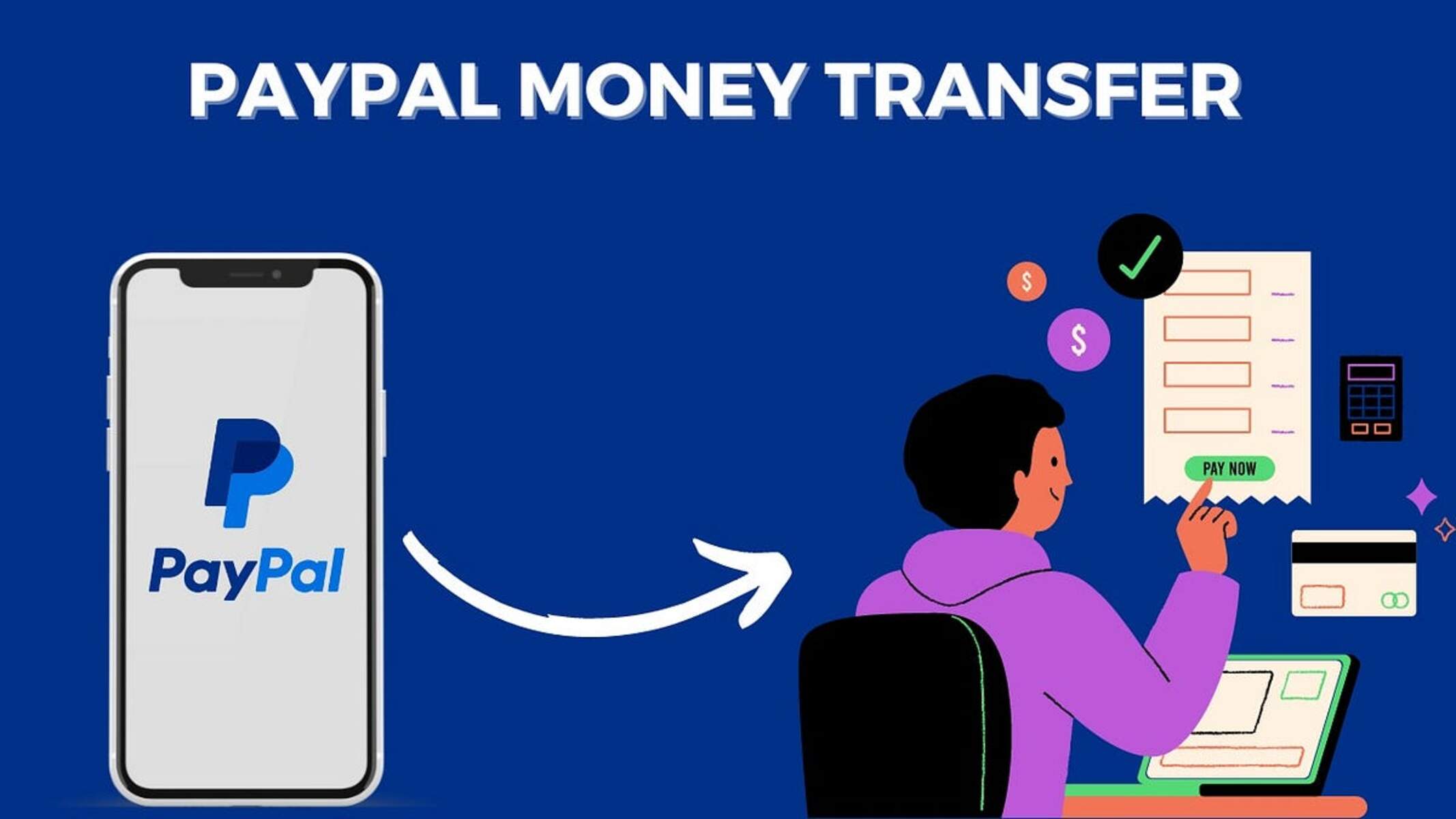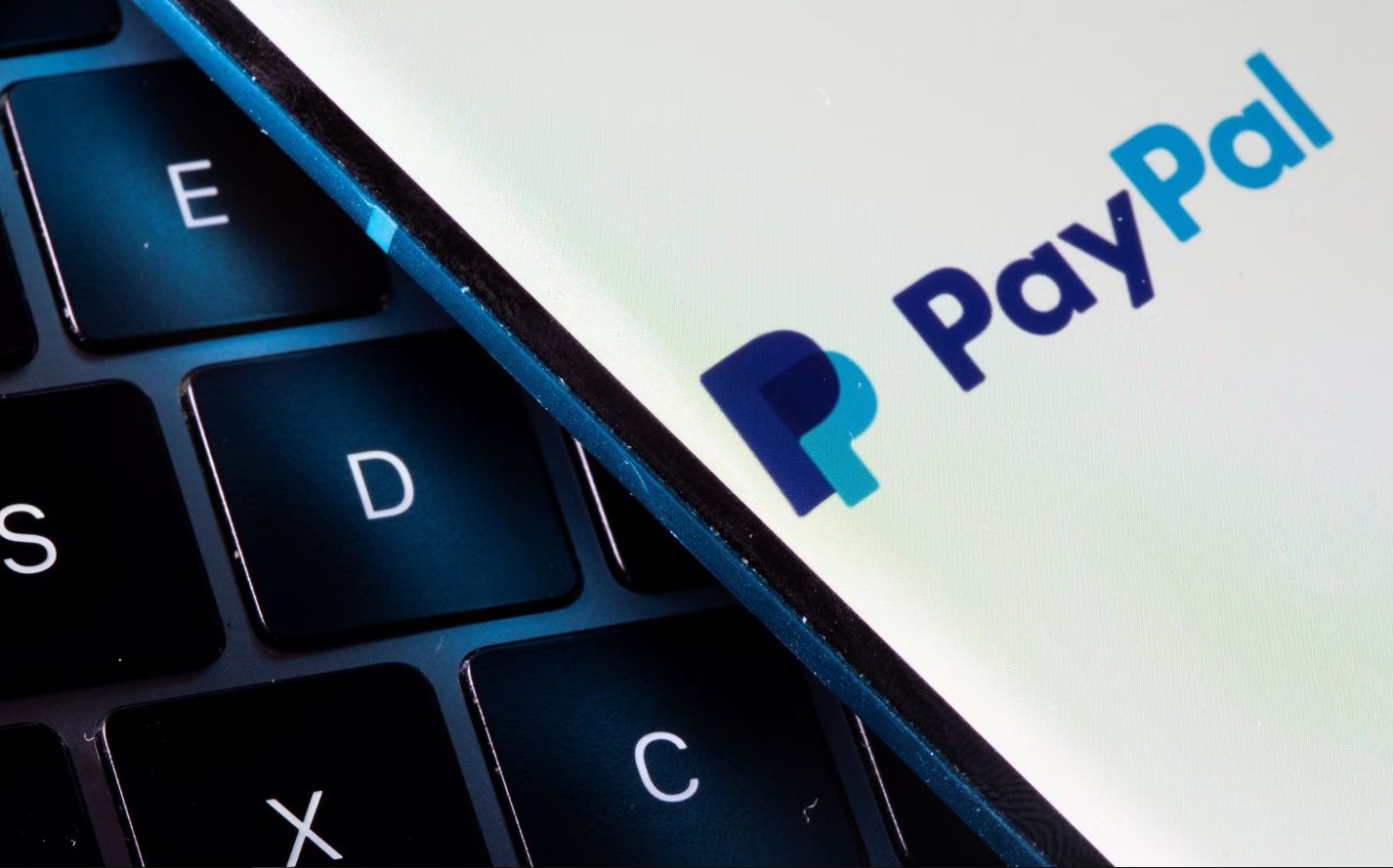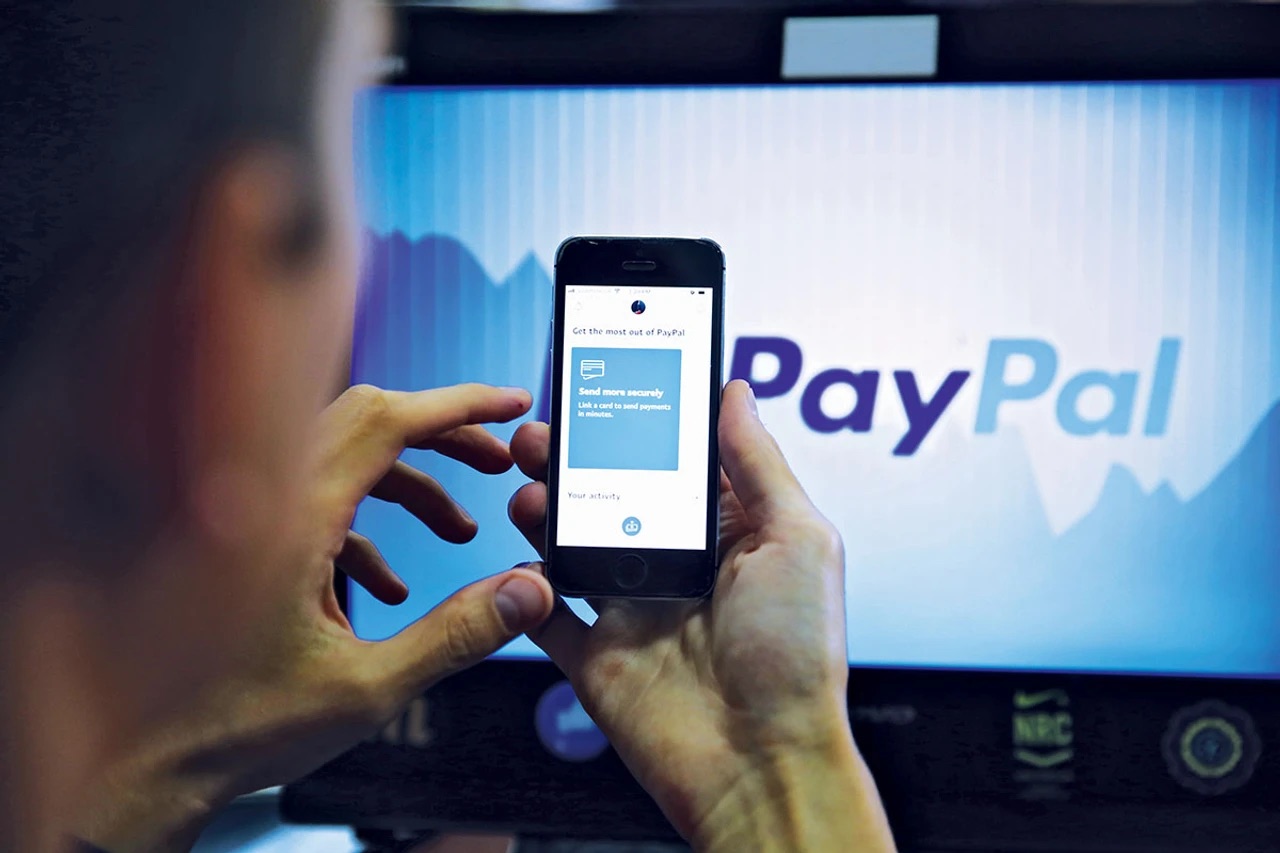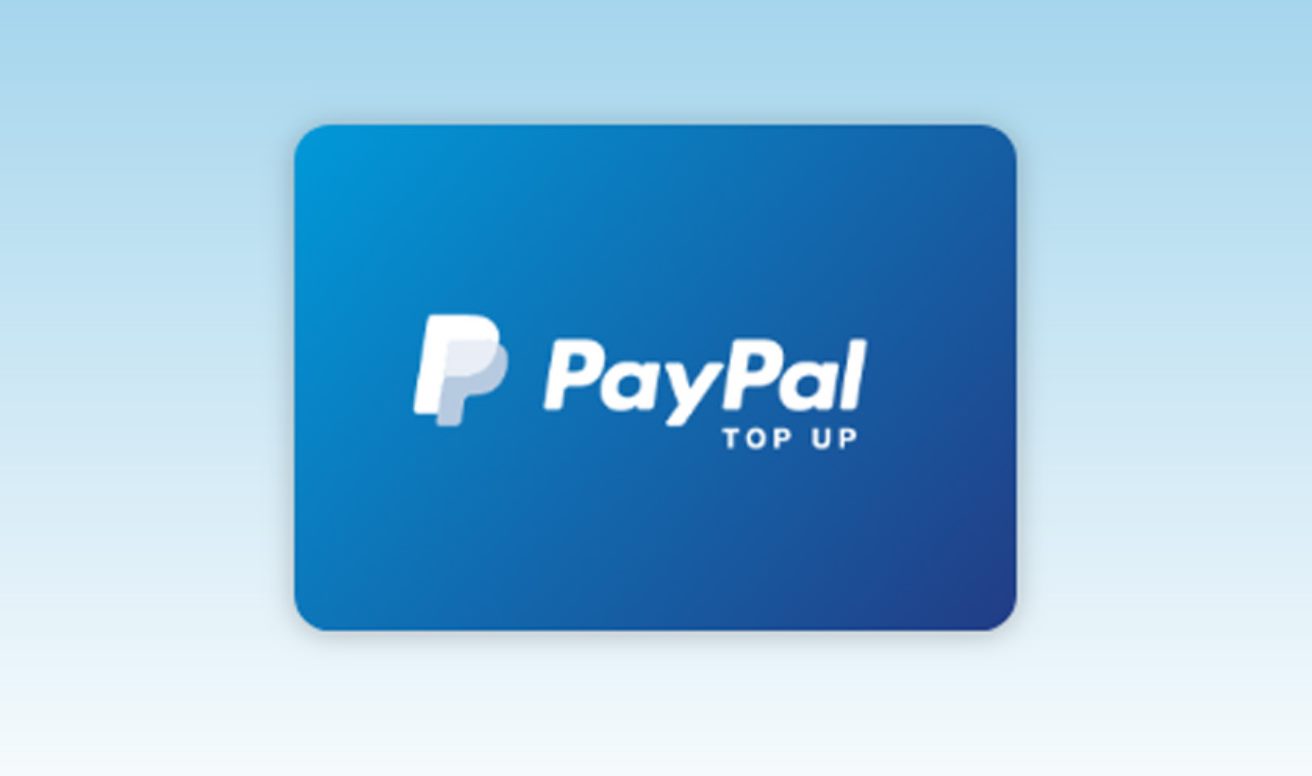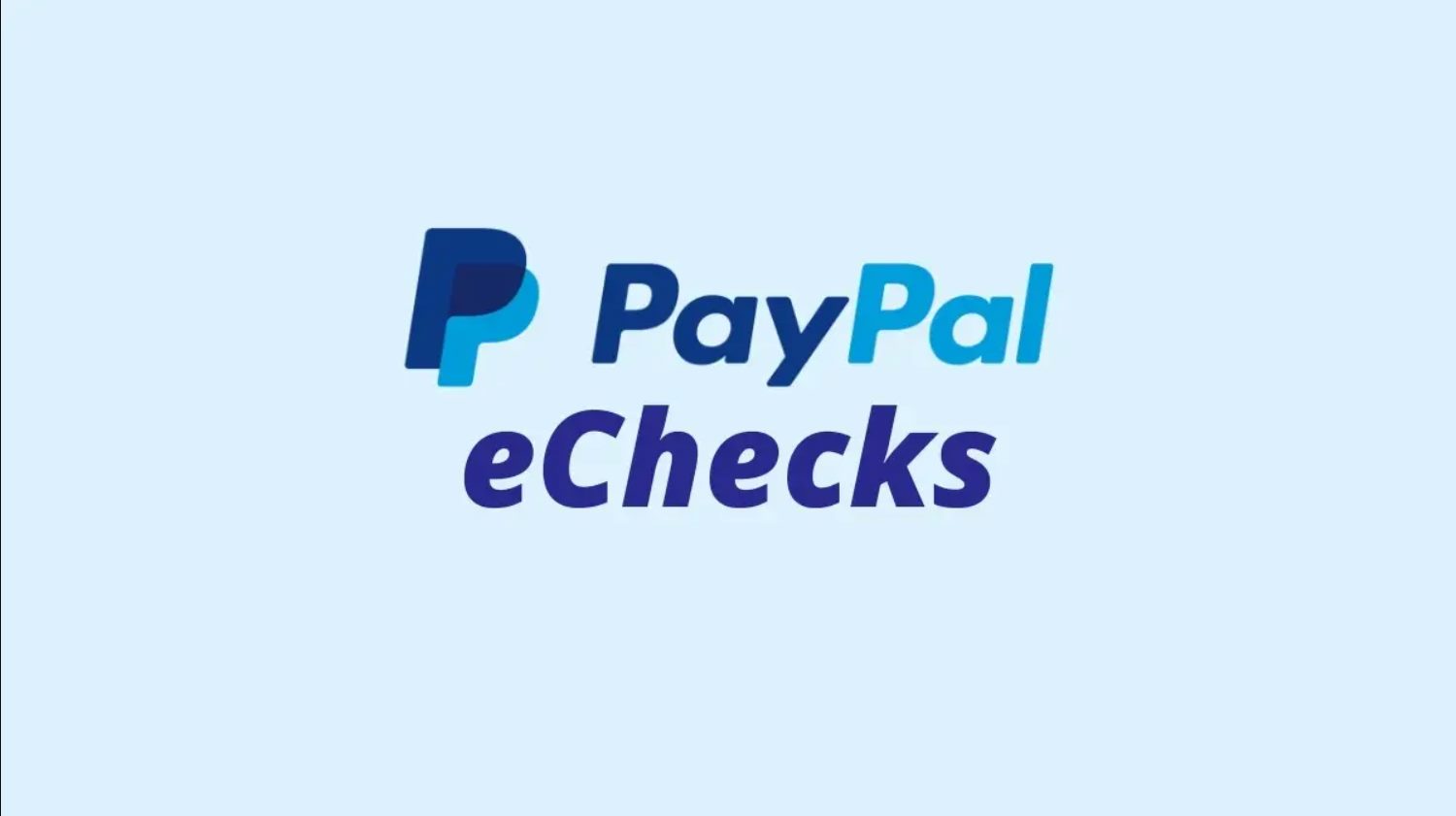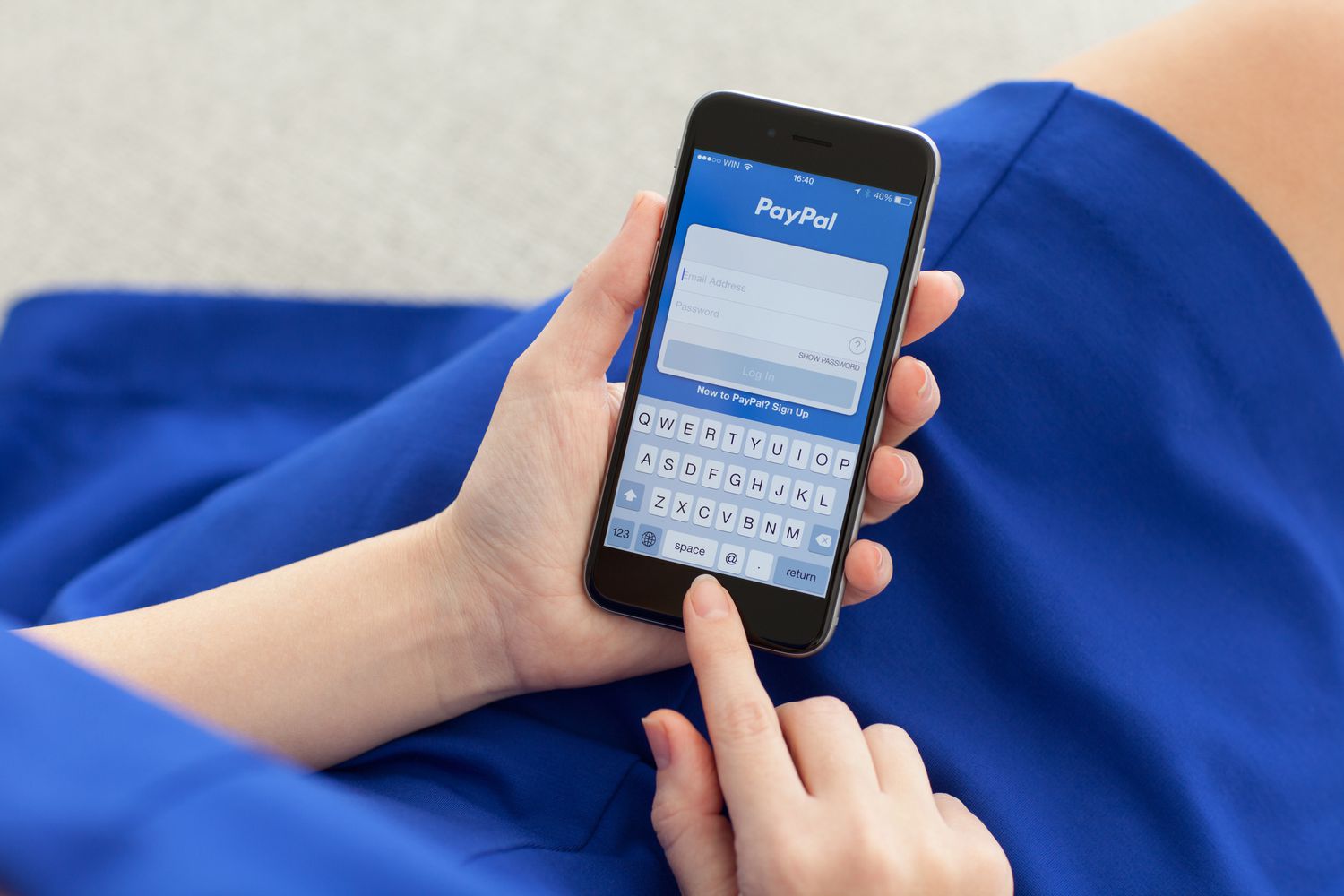Introduction
Welcome to the world of PayPal, the popular online payment platform that allows users to send and receive money securely and effortlessly. Whether you need to pay a friend back for dinner, purchase goods from an online store, or receive funds from a client, PayPal offers a convenient and reliable solution.
One common question that arises when using PayPal is how long it takes for a money transfer to go through. The speed at which funds are transferred can vary depending on several factors, including the method of transfer, the recipient’s country, and any additional security measures in place. In this article, we will delve into the intricacies of PayPal money transfers and explore the various factors that can impact transfer times.
Understanding the timeframes involved in PayPal money transfers is essential, as it allows you to manage your expectations and plan your finances accordingly. Whether you are a regular PayPal user or considering using the platform for the first time, having a clear understanding of how long transfers typically take can help you make informed decisions and avoid unnecessary delays.
In the following sections, we will explore how PayPal money transfers work, the different types of transfers available, the factors that can affect transfer times, and valuable tips to help speed up the process. We will also address some frequently asked questions that arise when it comes to the timeframe of PayPal money transfers. So, let’s dive in and unravel the mysteries behind PayPal money transfer times!
How Does PayPal Money Transfer Work?
Before we delve into transfer times, it is important to understand the basic mechanics of how PayPal money transfers work. PayPal acts as an intermediary between two parties, allowing funds to be securely transferred between them.
To initiate a PayPal money transfer, you first need to have a PayPal account. You can sign up for an account on the PayPal website or through their mobile app. Once you have an account, you can link it to your bank account, credit card, or debit card to facilitate transfers.
When you want to send money to someone, you log into your PayPal account and navigate to the “Send & Request” tab. Here, you enter the recipient’s email address or mobile number and specify the amount you wish to transfer. PayPal will then prompt you to select the funding source for the payment, such as your bank account or credit card.
Once you confirm the details and authorize the transfer, PayPal begins processing the transaction. The recipient will receive an email or notification prompting them to claim the funds. If they do not have a PayPal account, they will be guided through the process of creating one to receive the money.
If you are the recipient of funds, you will receive an email or notification alerting you that a payment has been made to your PayPal account. You can then log into your account, review the transaction, and choose to either keep the funds in your PayPal balance or withdraw them to your linked bank account.
It’s important to note that PayPal charges fees for certain types of transfers, such as cross-border transactions or receiving payments for goods and services. These fees can vary depending on the specific circumstances of the transfer, so it’s a good idea to familiarize yourself with PayPal’s fee structure.
Now that we have an understanding of how PayPal money transfers work, let’s explore the different types of transfers available and how they can impact transfer times.
Different Types of PayPal Money Transfers
PayPal offers various types of money transfers to cater to different needs and preferences. Understanding these options can give you greater control over how quickly your money is transferred. Let’s take a look at the different types of PayPal money transfers:
- Instant Transfers: Instant transfers allow you to send money to another PayPal account or eligible bank account instantly. This transfer option is convenient when you need to send funds urgently. However, it’s important to note that instant transfers may come with additional fees.
- Standard Transfers: Standard transfers, also known as regular or eCheck transfers, are the default option for sending money through PayPal. With standard transfers, PayPal uses the Automated Clearing House (ACH) network to process the transaction. While this method is usually free, it can take a bit longer to complete compared to instant transfers.
- Mass Payments: Mass payments are designed for businesses or individuals who frequently send money to multiple recipients in one go. This feature allows you to upload a file containing the payment details of multiple recipients, making it faster and more efficient to send payments to a larger group.
- Payouts: PayPal payouts are primarily used by businesses to distribute payments to their employees or contractors. This feature allows businesses to send payments en masse to individuals, simplifying the process of payroll management.
It’s important to note that the availability of these transfer options may vary depending on your country and account type. Additionally, fees may apply to certain types of transfers. Therefore, it’s advisable to review PayPal’s website or consult their customer support for specific details regarding the different transfer options and associated fees.
Now that we have explored the different types of PayPal money transfers, let’s move on to discuss the factors that can affect the time it takes for a transfer to be completed.
Factors That Affect the Time it Takes for a PayPal Money Transfer
The time it takes for a PayPal money transfer to be completed can vary depending on several factors. Understanding these factors can help you manage your expectations and plan your finances accordingly. Here are some key factors that can influence transfer times:
- Transfer Method: The method you choose to transfer funds can impact how quickly the transaction is processed. Instant transfers, as the name suggests, are typically completed within minutes. On the other hand, standard transfers may take several business days to be credited to the recipient’s account.
- Recipient’s Country: The recipient’s country can also influence transfer times. Transfers made within the same country or region may be processed more quickly compared to international transfers, which involve additional steps and international banking networks.
- Verification Process: For security reasons, PayPal may require additional verification for certain transactions, such as large transfers or transfers to new or unfamiliar recipients. This verification process can add some extra time to the transfer.
- Weekends and Holidays: Keep in mind that business days and banking hours can affect transfer times. Transactions initiated during weekends or holidays might experience delays, as banks and financial institutions may have limited operating hours during these periods.
- Network or System Issues: Occasionally, technical issues or system maintenance activities can delay transfers. While such instances are rare, they can impact the time it takes for funds to be credited to the recipient’s account.
It’s important to note that these factors serve as general guidelines, and individual transfer times may vary. Additionally, while PayPal strives to process transfers as quickly as possible, it cannot guarantee immediate or exact transfer times due to external factors beyond their control, such as banking networks or recipient bank policies.
Now that we understand the factors that can impact transfer times, let’s explore the specifics of instant transfers and standard transfers, including their timeframes and any limitations they may have.
Instant Transfers and their Limitations
Instant transfers are a convenient option offered by PayPal to send money quickly. With instant transfers, you can get funds to another PayPal account or an eligible bank account in a matter of minutes. However, it’s important to understand the limitations associated with this transfer option.
Firstly, instant transfers may come with additional fees compared to standard transfers. These fees may vary depending on the specific circumstances of the transfer, such as the country, currency, and amount being sent. Therefore, it’s advisable to review PayPal’s fee structure to determine the cost of instant transfers.
Another limitation of instant transfers is that not all countries and currencies are eligible for this option. The availability of instant transfers depends on various factors, including the recipient’s country, the recipient’s bank, and PayPal’s partnerships with local financial institutions. It’s best to check with PayPal or review their website to see if instant transfers are available for your specific transfer.
Additionally, even if instant transfers are available, there may be daily, weekly, or monthly transaction limits that you need to be mindful of. These limits can vary depending on your account type, verification status, and other factors. It’s important to be aware of these limitations to avoid any disruptions or delays in your transfer process.
It’s worth noting that instant transfers are typically more suitable for smaller transfer amounts that require immediate access to funds. For larger transfers, it may be advisable to opt for standard transfers to minimize fees and potential limitations.
Now that we have examined the limitations of instant transfers, let’s move on to discuss standard transfers and the timeframes associated with them.
Standard Transfers and their Timeframes
Standard transfers, also known as regular or eCheck transfers, are the default option for sending money through PayPal. While they may not be as quick as instant transfers, they are a reliable and cost-effective method for transferring funds.
The time it takes for a standard transfer to be completed can vary depending on several factors, including the currency pair, banking networks involved, and any additional security checks. On average, standard transfers within the same country can take anywhere from 1 to 3 business days to be credited to the recipient’s account. International standard transfers may take up to 5 to 7 business days or longer.
It’s important to note that these timeframes are estimates and can be influenced by external factors, such as weekends, holidays, and any delays or verifications required during the process. Additionally, the recipient’s bank or financial institution may have their own processing times that can impact the overall transfer timeframe.
During the processing period, it’s common for the status of the transfer to be shown as “Pending” or “Processing” in your PayPal account. This indicates that the transfer is being processed and will be completed within the estimated time frame.
If you are using a standard transfer for a time-sensitive transaction, it’s always a good idea to plan ahead and initiate the transfer in advance to ensure the funds arrive in a timely manner.
It’s important to note that standard transfers do not come with any additional fees from PayPal. However, keep in mind that currency conversion fees may apply if you are sending money in a different currency than your account currency.
Now that we’ve covered the timeframes for standard transfers, let’s explore some useful tips for speeding up PayPal money transfers.
Tips for Speeding Up PayPal Money Transfers
While the timeframes for PayPal money transfers can vary depending on various factors, there are some steps you can take to help speed up the process. Here are a few tips to consider:
- Verify Your PayPal Account: Verifying your PayPal account by linking it to your bank account or providing additional identification documents can help expedite the transfer process. Verified accounts often enjoy higher transaction limits and greater trust, which can result in faster transfers.
- Ensure Accurate Recipient Information: Double-check that you have entered the recipient’s email address or mobile number correctly. Mistakes in the recipient’s information can cause delays or even result in the funds being sent to the wrong person.
- Choose the Right Transfer Method: Consider the urgency of the transfer and choose the appropriate transfer method. If immediate access to funds is crucial, opt for instant transfers (if available and within your budget). Otherwise, standard transfers can be a reliable and cost-effective option for non-urgent transfers.
- Avoid Peak Times and Holidays: If possible, try to initiate your transfer during non-peak hours and avoid holidays. This can help ensure quicker processing times as banks and financial institutions may experience delays during busy periods.
- Keep Sufficient Balance: Before initiating a transfer, ensure that you have sufficient balance in your PayPal account or linked funding source to cover the amount being sent. Insufficient funds can lead to delays as PayPal may need to attempt the transfer multiple times.
- Monitor Your PayPal Account: Regularly check your PayPal account for any notifications or requests for additional information. Responding promptly to any verification requests or security checks can help prevent unnecessary delays in your transfers.
By following these tips, you can help facilitate faster PayPal money transfers and have a smoother experience when sending or receiving funds.
Now, let’s address some frequently asked questions regarding PayPal money transfer timeframes to provide you with a clearer understanding of the process.
Frequently Asked Questions about PayPal Money Transfer Timeframes
Here are answers to some commonly asked questions regarding the timeframes of PayPal money transfers:
- Q: Can I cancel or reverse a PayPal money transfer?
A: Once a PayPal money transfer has been initiated, it cannot be canceled or reversed. It’s important to double-check the recipient’s information and ensure the transfer details are accurate before proceeding. - Q: Why is my PayPal money transfer taking longer than expected?
A: There could be several reasons why a PayPal money transfer is taking longer than expected. These include security checks, verification processes, weekends, holidays, or technical issues. It’s best to check your PayPal account for any updates and contact PayPal customer support if necessary. - Q: Are PayPal money transfers instant for all countries?
A: No, instant transfers may not be available for all countries and currencies. The availability of instant transfers depends on factors such as the recipient’s country, the recipient’s bank, and agreements between PayPal and local financial institutions. Check with PayPal or review their website for specific information about instant transfers in your country. - Q: Can I track the progress of my PayPal money transfer?
A: PayPal provides updates on the status of your money transfer within your account. You can log in and check the transaction history to see if the transfer is pending, processing, or completed. It’s important to note that tracking may not provide real-time updates, and actual transfer times may vary. - Q: Are there any limitations on the amount I can transfer through PayPal?
A: Yes, PayPal may impose limits on the amount you can transfer, depending on your account type, verification status, and other factors. These limits can be daily, weekly, or monthly. It’s advisable to review PayPal’s guidelines or contact their customer support for specific information on your account’s transfer limits.
These frequently asked questions provide insights into common concerns about PayPal money transfer timeframes. If you have additional questions or need further assistance, it’s always advisable to reach out to PayPal’s customer support for personalized guidance and support.
Now that we’ve covered these frequently asked questions, let’s conclude our exploration of PayPal money transfer timeframes.
Conclusion
In the digital age, PayPal has revolutionized the way we send and receive money online. Understanding the timeframes associated with PayPal money transfers is crucial for managing expectations and ensuring a smooth financial experience.
We explored how PayPal money transfers work, including the different transfer methods available, such as instant transfers and standard transfers. While instant transfers offer the advantage of speed, they may come with additional fees and limitations. On the other hand, standard transfers are reliable and cost-effective, but they may take longer to process.
We also discussed the various factors that can impact the time it takes for a PayPal money transfer to be completed. These factors include the transfer method, the recipient’s country, any verification processes, and external factors like weekends or system issues.
To improve the speed of your PayPal money transfers, we provided some useful tips, such as verifying your account, ensuring accurate recipient information, choosing the appropriate transfer method, and avoiding peak times and holidays. By following these tips, you can help expedite the transfer process and have a more efficient experience.
Additionally, we addressed frequently asked questions related to PayPal money transfer timeframes, providing answers regarding cancelations, transfer tracking, limitations, and the availability of instant transfers in different countries.
In conclusion, understanding the timeframes of PayPal money transfers and implementing the tips provided can help you navigate the world of online transactions with confidence. Keep in mind that while PayPal strives to process transfers promptly, actual transfer times can be influenced by various factors beyond their control. It’s always a good idea to stay informed, monitor your PayPal account, and reach out to their customer support if you have any concerns or need assistance with your money transfers.







